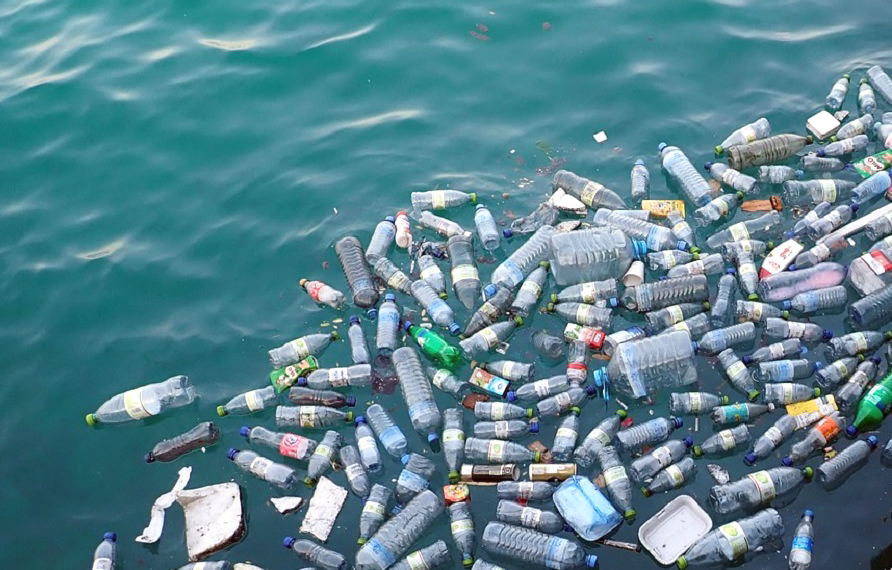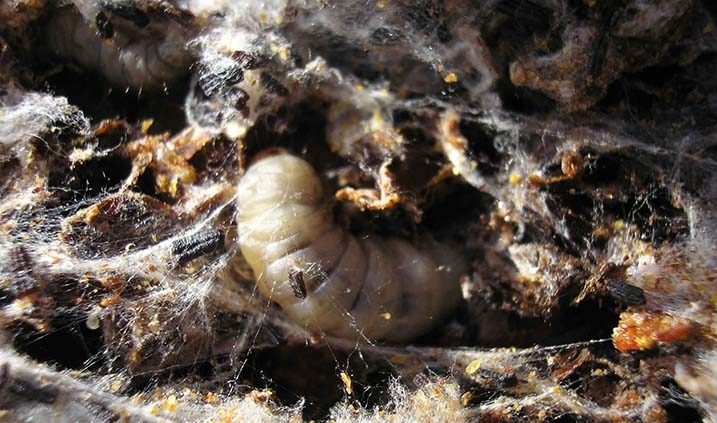Natural Plastic Recycling
Currently the planet Earth has a very pressing problem with the amount of plastics produced each year and their difficult disintegration, ending many of them finally at the bottom of the oceans. Ocean currents carry tons of these microplastics, taking them from the North Atlantic to the waters of the Arctic. In the Pacific there is an island the size of the Iberian Peninsula, also made of plastic. However, by chance a beekeeper producing raw honey has come up with a possible solution for recycling plastic.
From the Cortijuelo de San Benito we are convinced of the importance of bees in the ecosystem, and from here we want to spread the knowledge of beekeeping, bees, and the properties of their processed products; raw honey, royal jelly, pollen, wax and propolis.
Find out more about bees and read our other article: Even more pressure for bees
Plastic recycling at home
Recycling plastics and other products at home is a fundamental task that we must all do to keep our planet cleaner. An effective way to recycle plastics is for those who come home to last longer. It’s a rough-and-tumble level of plastics consumption that we continually buy plastic products and end up throwing them away. Here I’m going to give you some tips on how we could reuse plastics, which would be a way to recycle them.
– Using shopping bags for other purposes
– Using shopping bags as garbage bags
– When you re-break a plastic object, repair it and don’t throw it away.
Many companies are now emerging that use this by-product to make other objects. Even with them they make pieces of decoration or art.
Natural Plastic Recycling Process
The problem with plastics is that they take millions of years to decompose, and they accumulate on the earth, producing enormous environmental problems. There is currently no known low-cost method of eliminating it, but a new discovery by a researcher at the Spanish National Research Council (CSIC) could be the key to solving this problem.
Federica Bertocchini, a researcher at the Consejo Superior de Investigaciones Científicas (CSIC), has discovered by chance that wax or honey worms (Galleria Mellonella) have the capacity to degrade plastics, opening the door to a possible natural solution to this urgent problem of our planet earth.
The honey or wax worm
The wax worm, also called honey worm, is another of the problems that any beekeeper in the world has to face. This worm is a lepidopteran insect that can reach three centimeters in length in its larval phase during its six and seven weeks of life, then undergo its second metamorphosis and become a moth.
These wax or honey worms, as their name suggests, feed on raw honey and the wax of bee hives. The hive is an ideal place for its development by providing a large amount of food and an optimal temperature of development, between 28 and 34 ° C.

Photo 1: Plastics on the see
Polyethylene
Polyethylene is a petroleum-based material and is commonly used to make plastic containers for food and shopping bags. On average, about 80 tons of this material are produced each year.
Polyethylene is a very versatile material, but it has a very strong disadvantage, its slow degradation. A plastic bag made of low-density polyethylene can take about 100 years to decompose. The bags with higher density and resistance, the degradation can reach up to 400 years.
Natural degradation by honey worms:
The processes of decomposition of industrial materials are very slow and can even reach hundreds of years, as is the case with plastics. However, this new discovery opens a new door for us to eliminate in a natural way a great quantity of plastic materials that are accumulating in our planet. According to Bertocchini, this research has led to many tests demonstrating the effectiveness of these wax and honey worms in biodegrading polyethylene.
This group of Spanish and English researchers carried out more in-depth research to find out the reasons why the waxworm or honeyworm is capable of biodegrading plastic. They believe it is due to the similarity between the composition of wax and polyethylene, but more research is needed to know with greater certainty how this process occurs.
According to Bertocchini, if we were able to decipher the molecular mechanism and isolate the molecule capable of degrading polyethylene, we could take it to an industrial scale in vitro and put an end to one of the most serious problems of environmental pollution, the great accumulation of plastics that we have scattered throughout the oceans.
According to this research, the degradation of polyethylene occurs very quickly with wax or honey worms. Exactly 100 wax worms can degrade 92 milligrams of polyethylene in about 12 hours.
Here you have a video made by CSIC about the wax or honey worms that are capable of biodegrading plastics.
Sources:
El periódico El Mundo. El gusano que come plástico. (The worm that eats plastic) Recycling plastic. 24 de abril del 2017 http://www.elmundo.es/
El periódico La Vanguardia. Un continente flotante de basura. 16 de junio del 2016.
El periódico ABC. El gusano de cera se come el plástico. 24 de abril del 2017.







Leave a Reply
Want to join the discussion?Feel free to contribute!